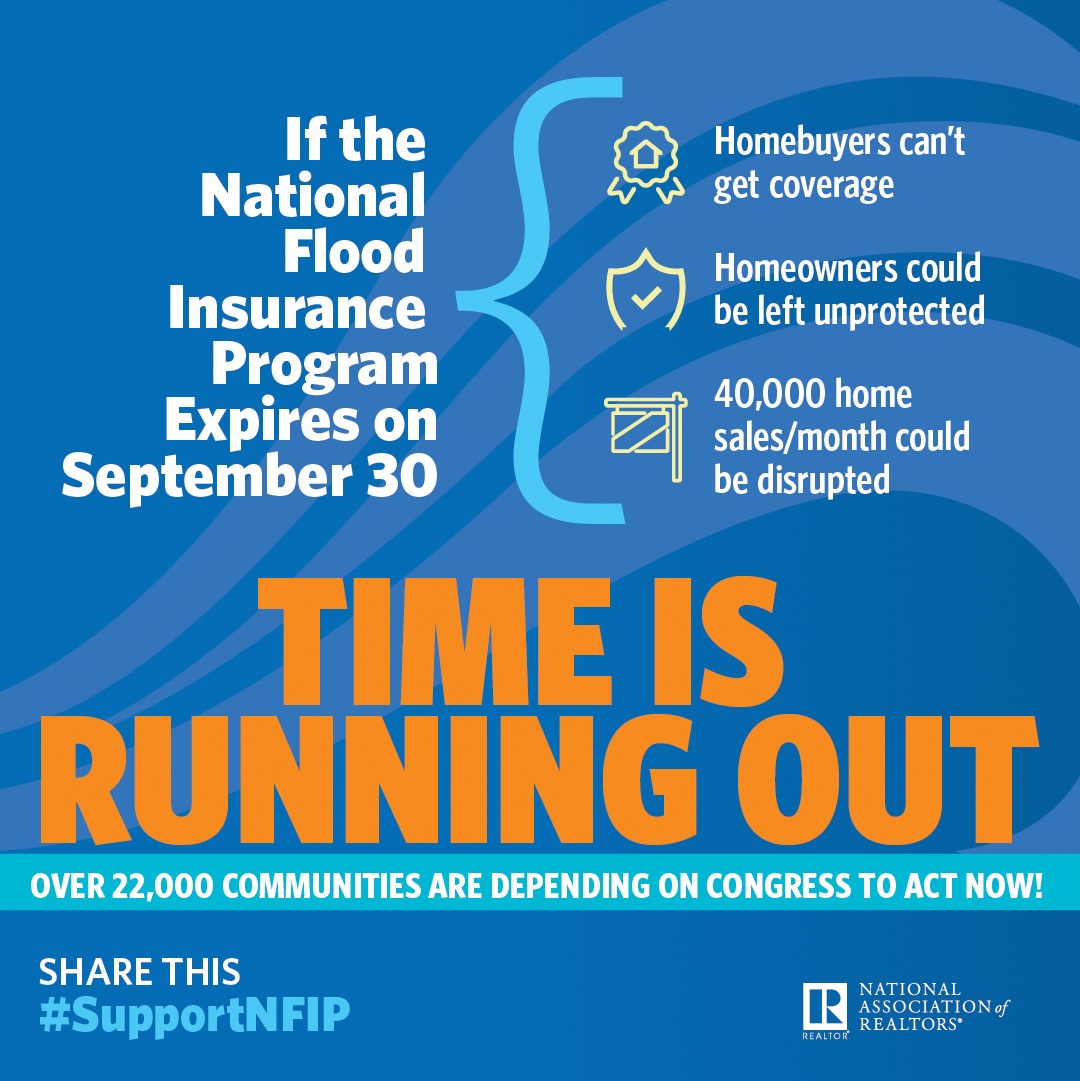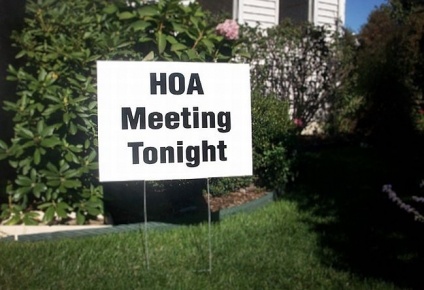
Much like a snowflake, no home property is exactly alike. Each has different assets, benefits and amenities, not to mention offering a different gut feeling once inside. As a real estate agent, your job is to understand and “sell” the unique features of the properties you put on the market.
Beyond knowing the ins and outs of a particular house, you’ll need to intimately understand what styles, features and amenities potential buyers desire in a property they may one day call home. Depending on the areas of town you cater to most, you may need to scout out some additional locations, including more rural, country areas.
Here’s what you need to know about selling a home in the country:
Find Your Ideal, Niche Market
You need to be willing to put in the extra hours and work to sell a home in the country. Unlike the city or suburbs, there aren’t people walking or driving by on a regular basis to notice for-sale signs. In addition to a lack of on-the-street marketing opportunities, you won’t encounter nearly the same amount of neighborhood foot traffic. This means you need to find your niche target market in order to start getting offers.
With that in mind, research where to advertise your home listings, including country real estate magazines, places of worship or even online. Additionally, get to know prospective homeowners or network with fellow real estate professionals to discover who may be looking for a country vacation home or to escape the city life.
According to Country Life magazine, sometimes the perfect property is miles away from where potential buyers have previously looked. Of course, if a property is right for a particular individual or family’s needs, then that’s what ultimately matters. In other words, make sure to cast a wide but targeted net when scouting new properties.
Be Able to Get Back and Forth Easily
Another difference between selling a home in the city or suburbs versus the country is the ease and time in which you have to get there. Because you may be driving on dirt or rocky roads in the country, you’ll need to make sure your vehicle can handle the trip. Opt for a larger vehicle that has good clearance to navigate any bumps and/or dips in the road. Additionally, you should also make sure your tires are in good shape and can make it over rough terrain. If you need an upgrade, look for tires that provide good traction in all types of weather, offer a smooth ride, and don’t pop easily.
Understand How to Stage the Property
Staging is critical for selling any property, but there are some nuances to win over prospective country homeowners. Most importantly, maintaining the home’s exterior and a well-kept yard is critical. To provide a good first impression, be sure to clean up the garden, patio, porch and deck to make the house look enticing.
If the garden or other parts of the home’s exterior are a mess, potential buyers might think it will be too much work to maintain or look new again. Of course, you should also play up the country charm and theme in the interior. Unlike an urban home’s sleek, modern lines and minimalist appeal, country homes need to look like they’ve been lived in and are comfortable. In other words, don’t go crazy on the decluttering.
Know the Areas You Represent
Selling a home isn’t just about the property itself, but rather everything the surrounding area has to offer as well. Make sure you understand everything about the areas near these homes, including crime rates, nearby entertainment options and whether it’s in a good school district. For ideal country living, you should get to know the surrounding areas that are ideal for exploring, observing nature and enjoying outdoor activities that city life can’t always provide.

































